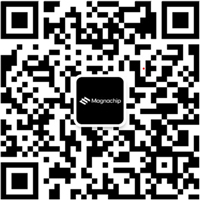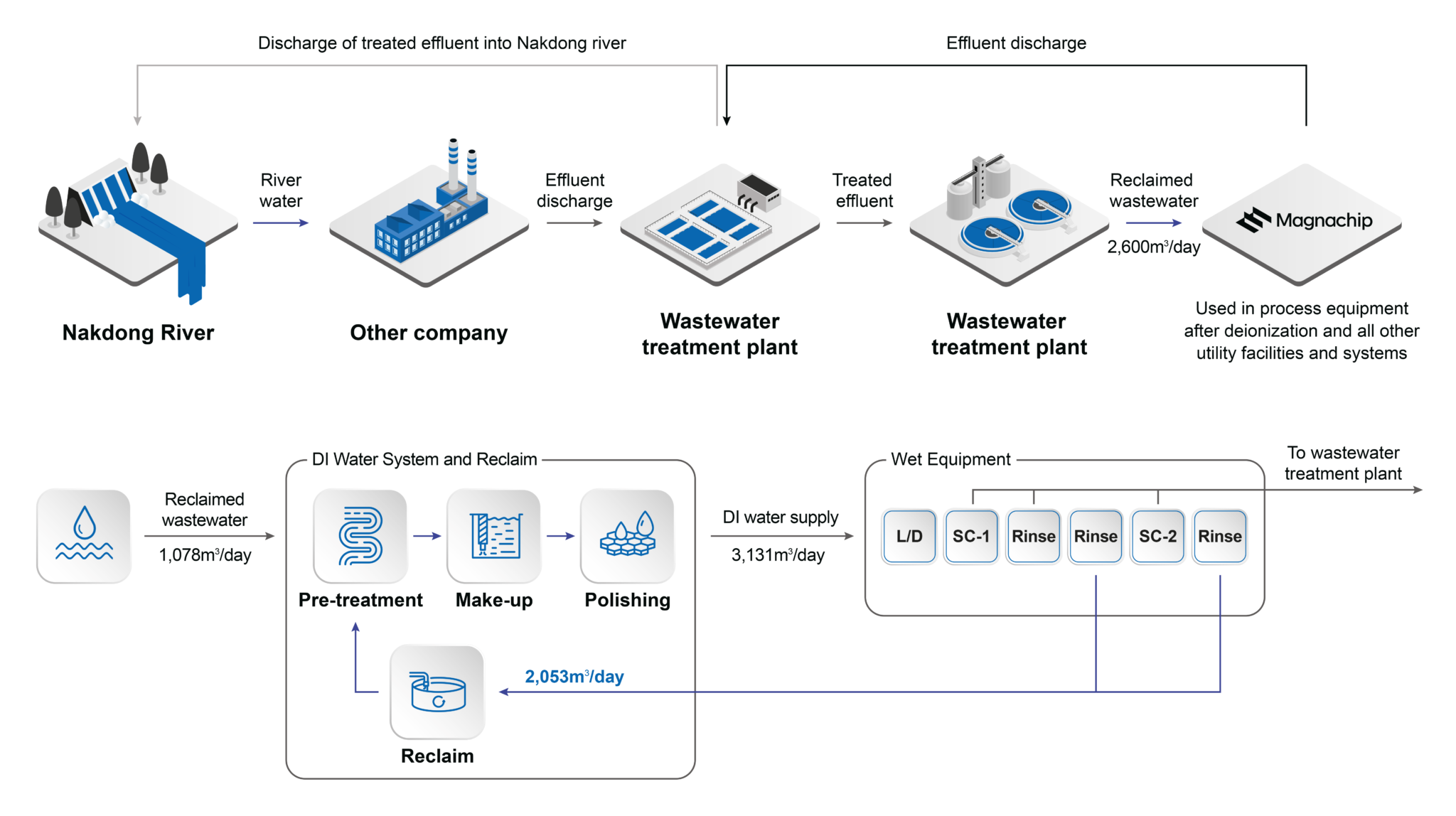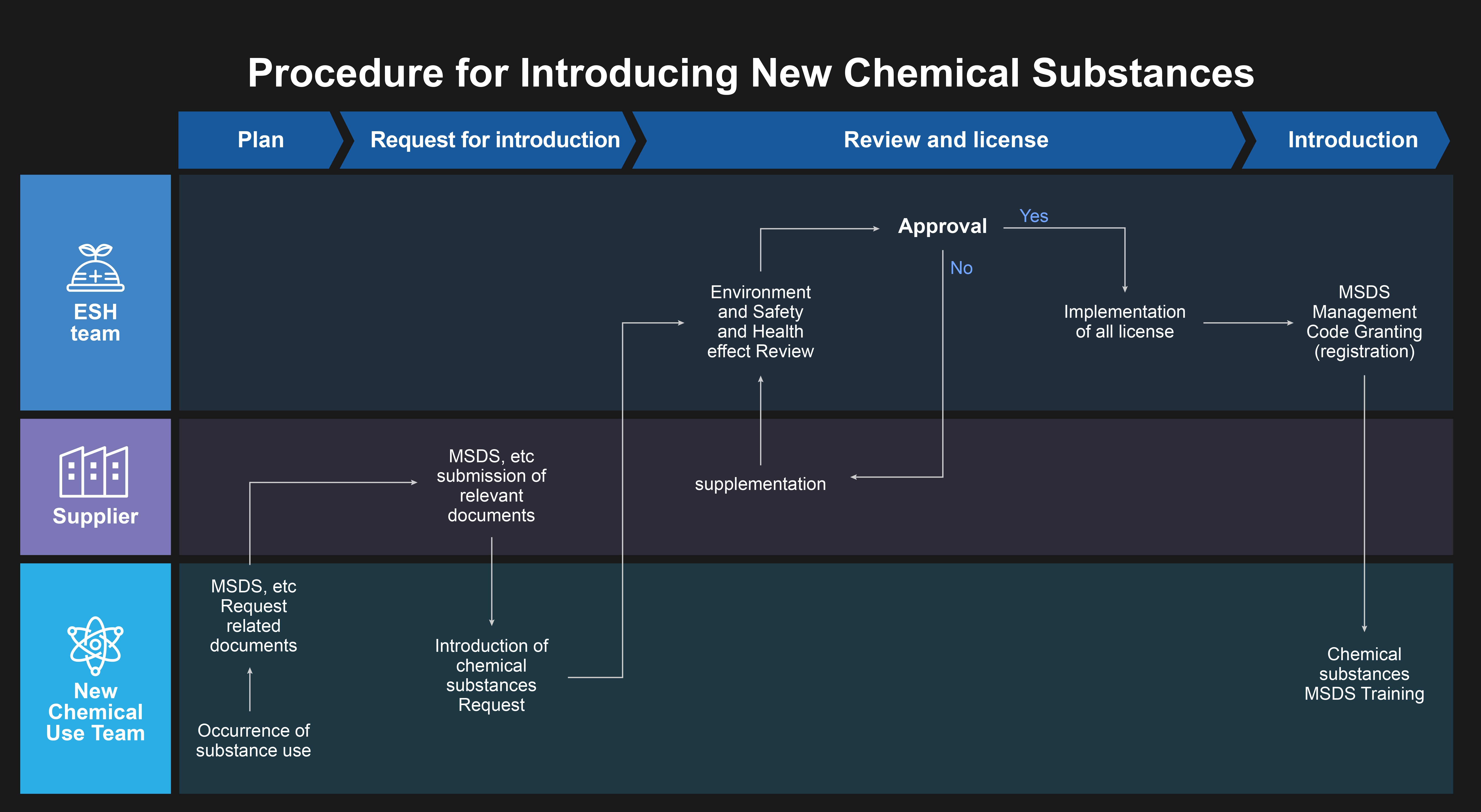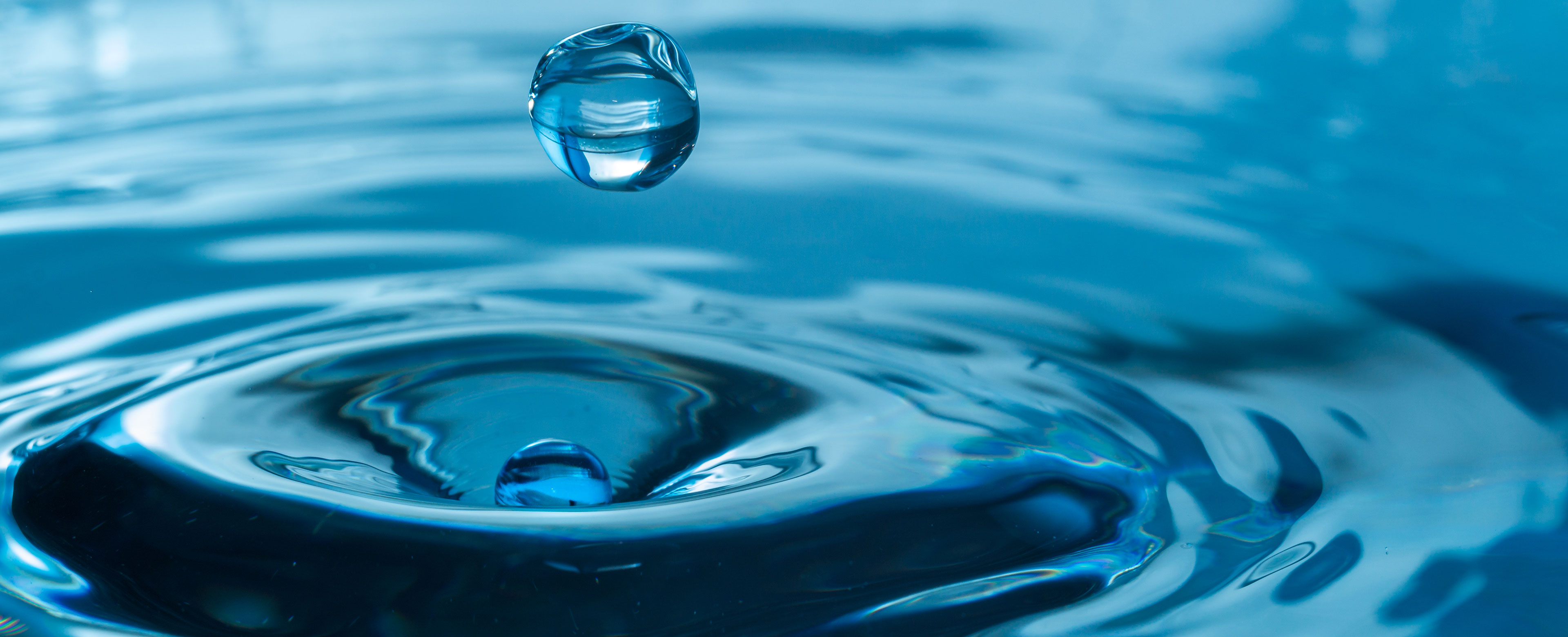
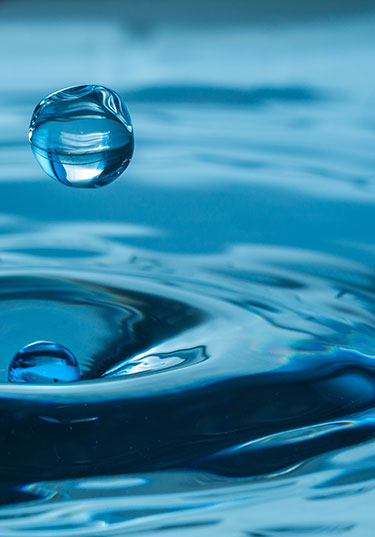
We are subject to a variety of environmental, health and safety laws and regulations in each of the jurisdictions in which we operate, governing, among other things, air emissions, wastewater discharges, the generation, use, handling, storage and disposal of, and exposure to, hazardous substances (including asbestos) and waste, soil and groundwater contamination and employee health and safety.
We have a dedicated team in charge of environment, health and safety (“EHS”) matters, called ESH (Environment, Safety and Health) team, that establishes and reviews internal EHS regulations based on international agreements and local laws and regulations to create a safe and healthy workplace for our employees and to protect the environment, while complying with laws and regulations of the jurisdictions in which we operate. We have obtained various EHS certifications, including ISO 14001 and ISO 45001, and process safety management (PSM) from global certification organizations.
Emissions and Energy Consumption
Since 2015, our Korean operating subsidiary has been subject to a new set of greenhouse gas (“GHG”) emissions regulations, the Korean Emissions Trading Scheme (“K-ETS”), which was promulgated under the Act on Allocation and Trading of Greenhouse Gas Emission Allowances (the “Act”). K-ETS has set GHG emission targets such that the emission level of 2018 would be cut by 40% by 2030 and carbon neutrality would be achieved by 2050. The following table shows our “Emissions and Energy Consumption” for the periods presented calculated in accordance with the Act:
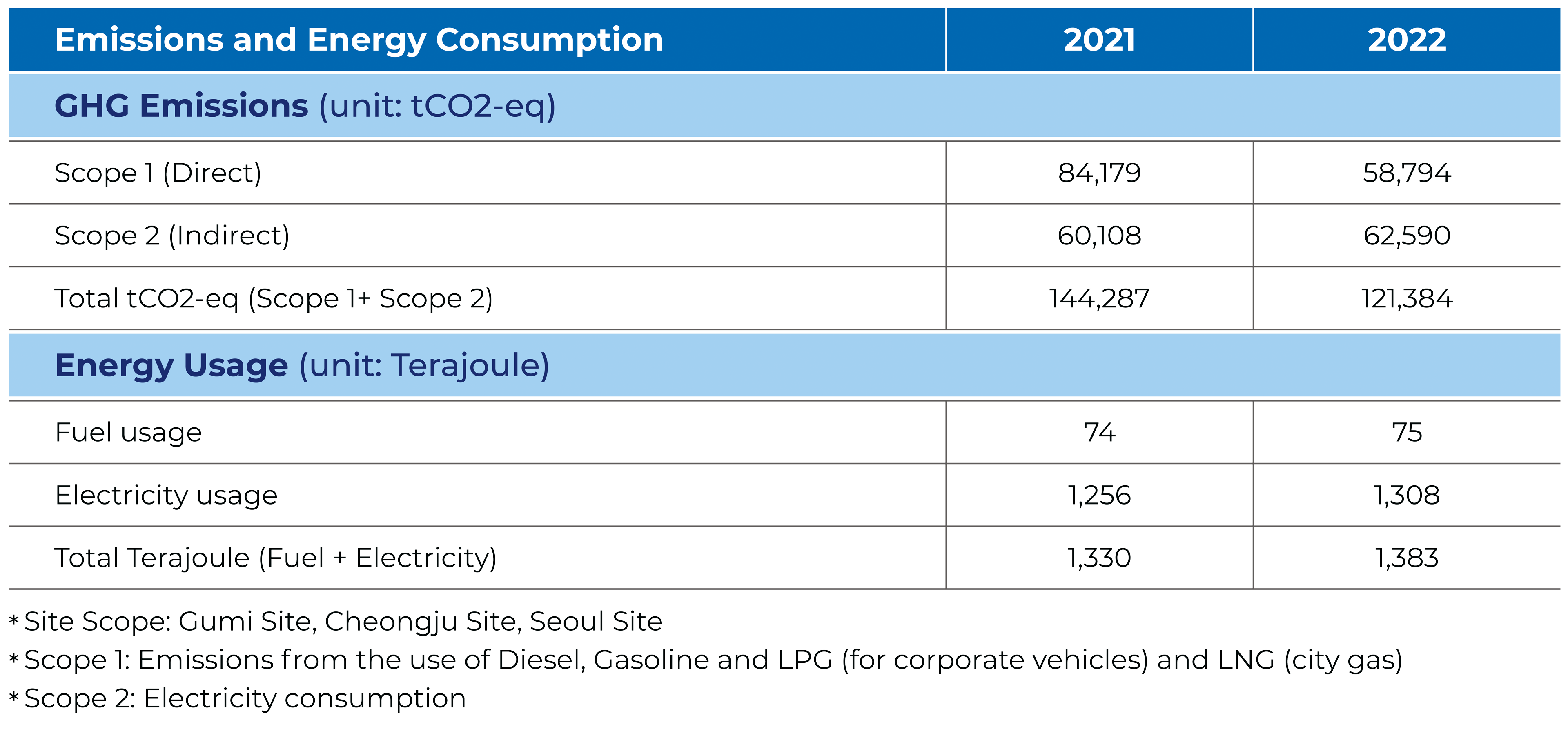
We strive to reduce our energy consumption including GHG emissions in alignment with these targets. We regularly implement energy conservation and consolidation projects and hold internal meetings to discuss implementation status, monitor performance and secure new investments to improve energy efficiency.
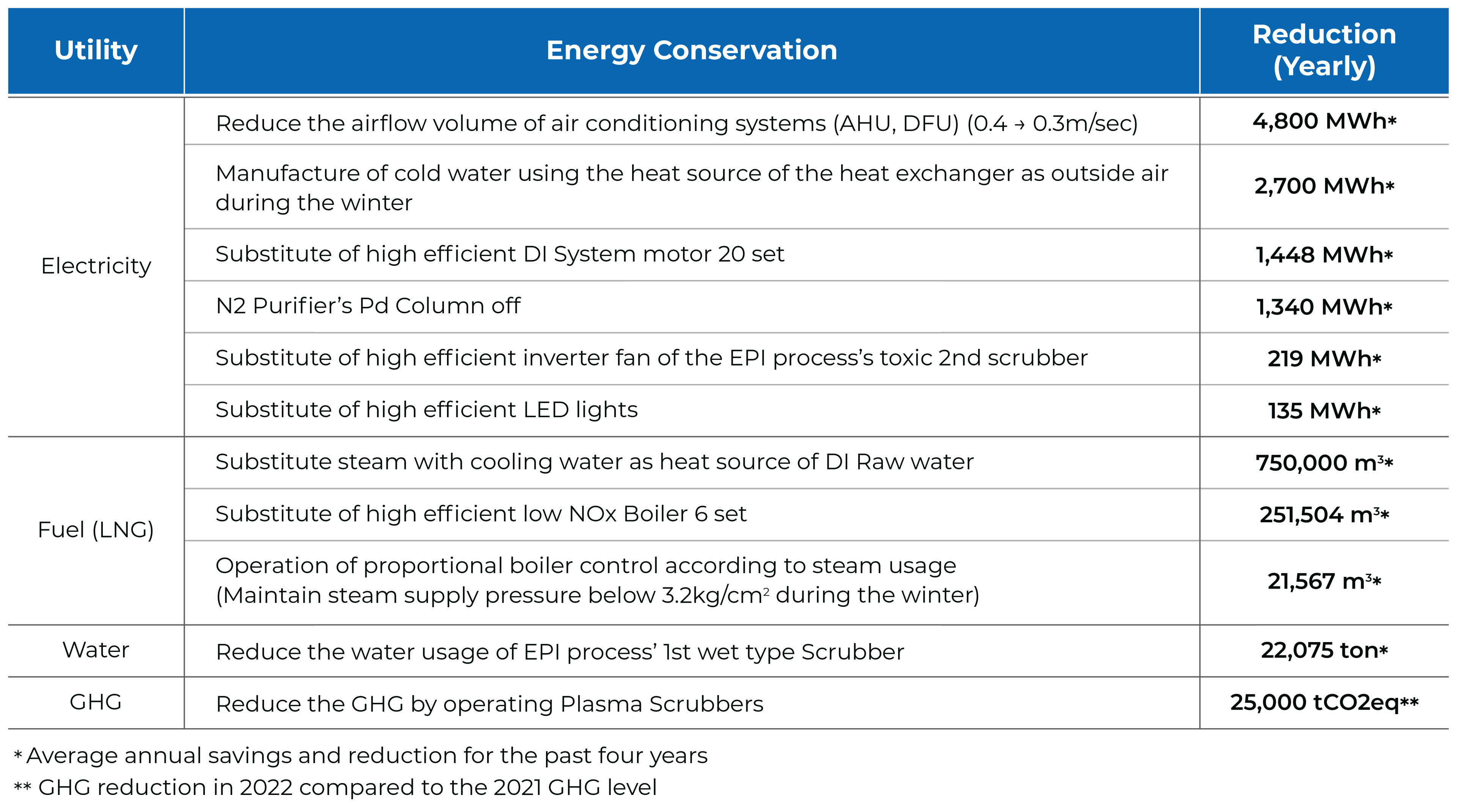
Water Management in Manufacturing
Water is an essential resource in our manufacturing processes. While we are not located in “High or Extremely High Water Stress” regions according to the World Resource Institute’s Aqueduct Water Risk Atlas, we are keenly aware of global and local water concerns. We carefully monitor water usage at our sole manufacturing site located in Gumi, South Korea, and routinely set goals to conserve water.
Water reuse and recycling is a key aspect of our water conservation efforts. Reclaimed wastewater is a high-quality, purified substitute for freshwater, whose use in manufacturing can significantly reduce environmental impact. Our manufacturing site uses reclaimed wastewater that has been discharged from nearby sites and purified at a wastewater treatment plant.
Water Recycling System Flow Diagram
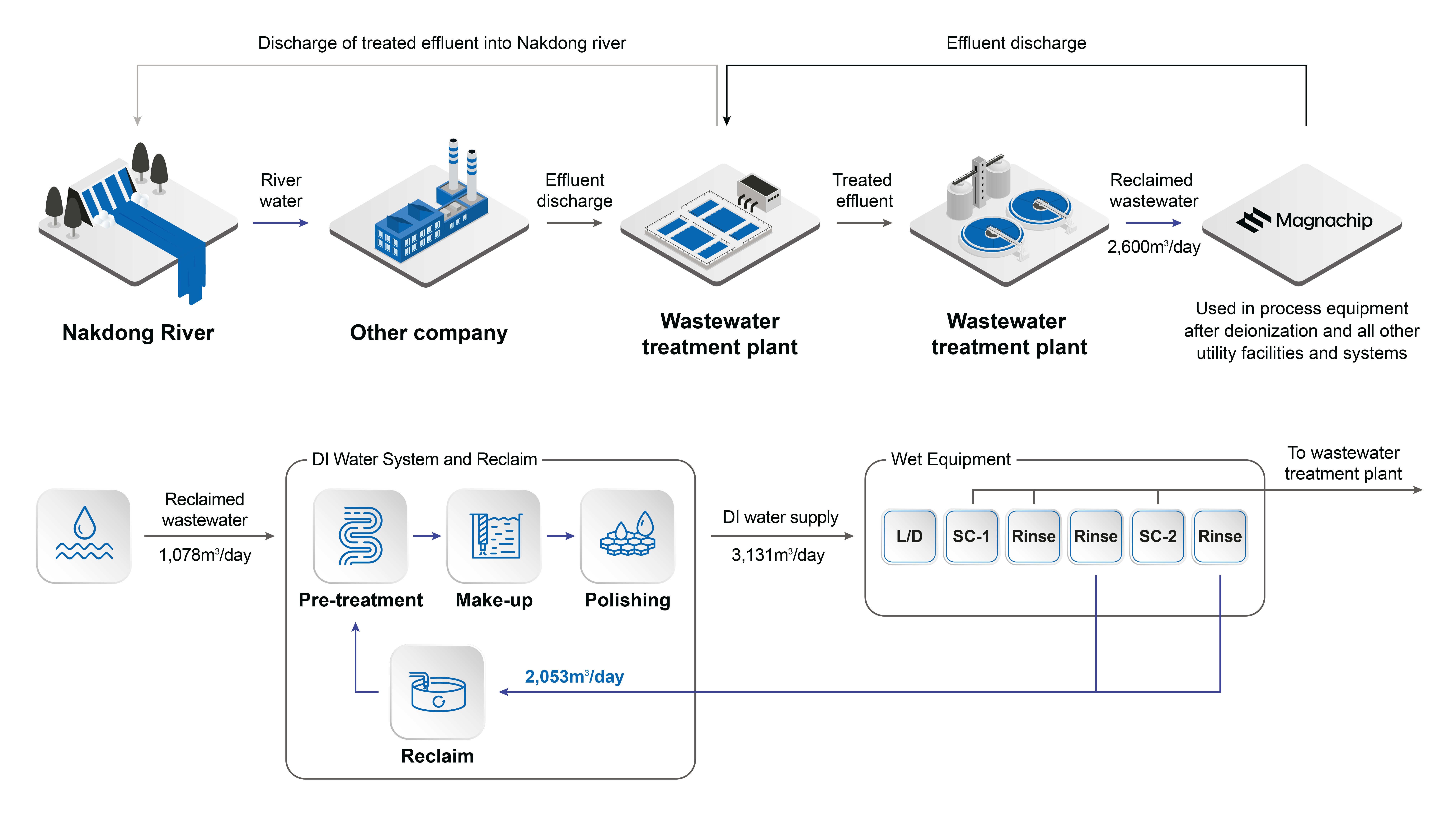
Water Recycling Rate
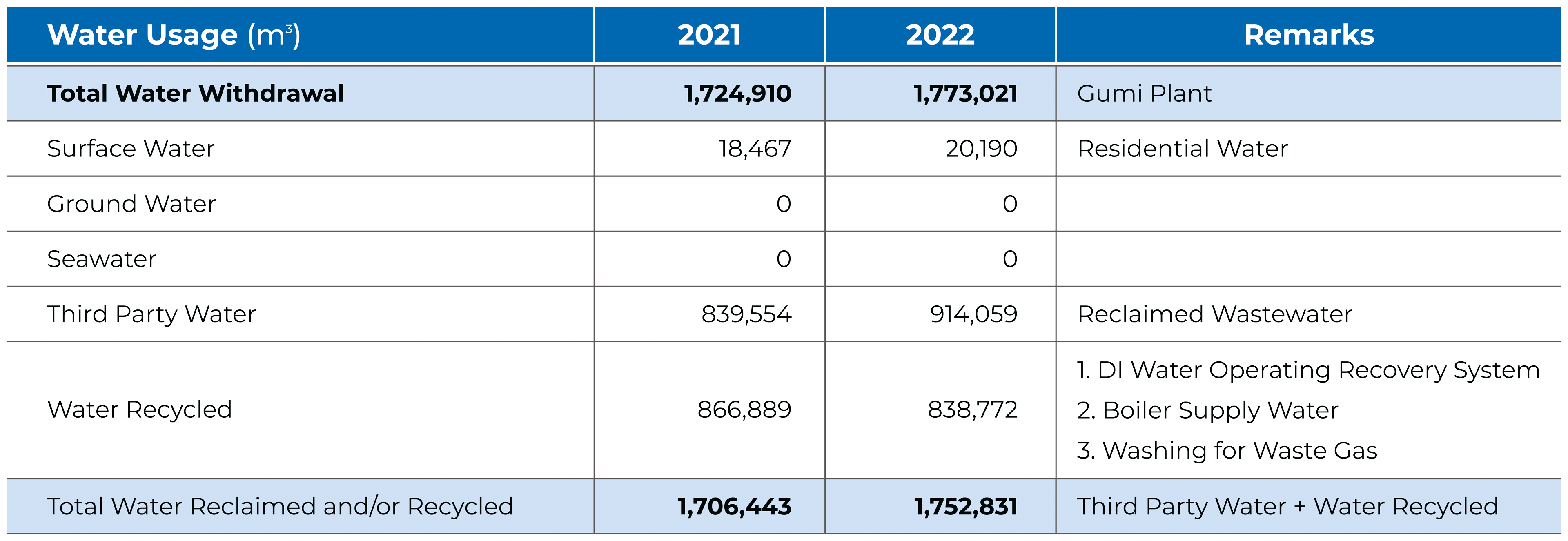
Waste Management in Manufacturing
We recognize the environmental risks associated with semiconductor manufacturing processes, and we responsibly manage the use and disposal of materials and chemicals to protect the environment and our people. We utilize our own waste management database and work with waste treatment specialists who focus on eliminating pollution at source and promoting recycling.
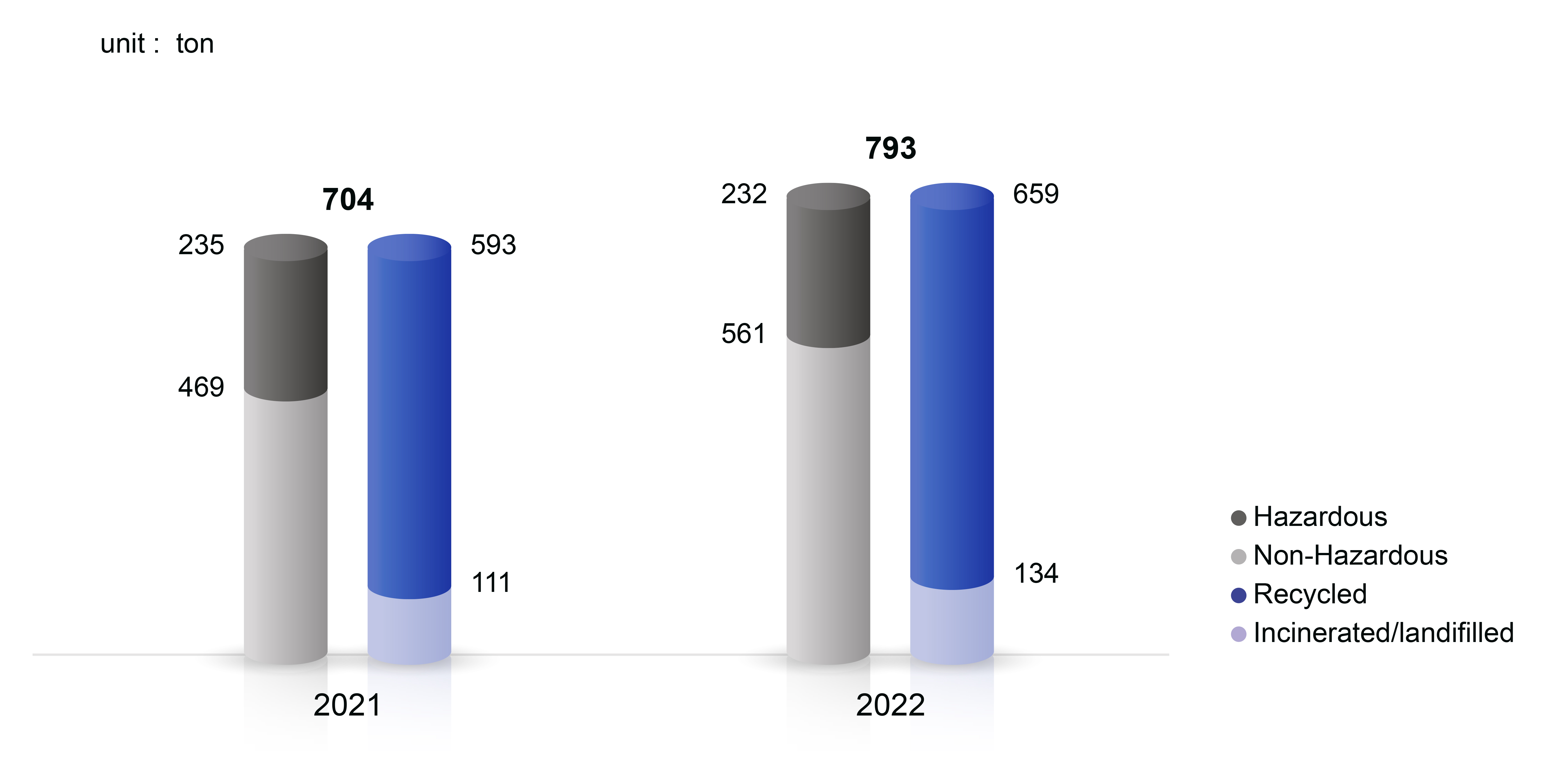
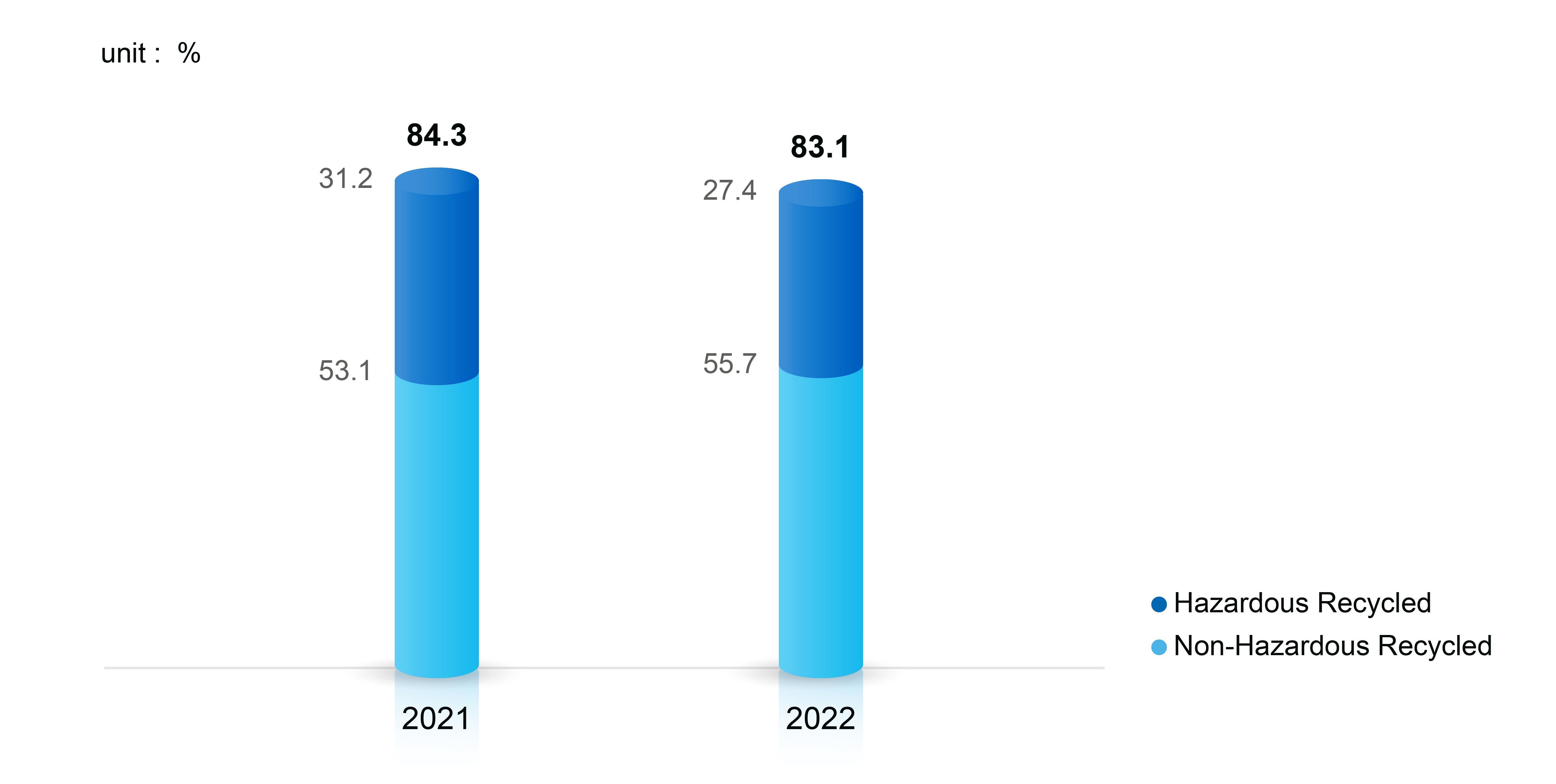
Environmental Compliance and Supplier Engagement
We strive to deliver higher corporate value based on all stockholders’ confidence through the ethical environmental management system and environment protection activities. Our objectives are embedded in our Environment, Safety and Health Policy, which can be found below:
We adhere to an increasing number of laws and regulations, including the EU Restriction of Hazardous Substances (RoHS) Directive, the U.S. Conflict Minerals Rule (see below) and Korea’s Act on the Registration and Evaluation of Chemicals (K-REACH), that are applicable to our manufacturing process, as well as those of our suppliers where applicable. Before introducing hazardous substances to our processes, we screen new incoming chemicals and verify their environmental compliance in accordance with our pre-approval policy.
Procedure for Introducing New Chemical Substances
We support the goals and initiatives of Section 1502 of the U.S. Dodd-Frank Wall Street Reform and Consumer Protection Act (the “Conflict Minerals Rule”), which aims to dissuade the use of any conflict minerals that directly or indirectly finance or benefit armed groups on Democratic Republic of the Congo (“DRC”) or adjoining countries. This includes the minerals tin, tungsten, tantalum, gold and certain of their derivatives, but may also expand in the future to cover other minerals and derivatives. We are committed to complying with the reporting obligations required under the Conflict Minerals Rule. We undertake reasonable due diligence with respect to our supply chain to ensure that conflict minerals are not being sourced from mines in the DRC or adjoining countries and reserve the right to require that suppliers provide reasonable evidence of their own due diligence. For more information on our conflict minerals, please refer to our Conflict Minerals Reports:
2023 Magnachip Conflict Minerals Report
We establish, operate and manage our own standards for EHS matters. For more systematic green management activities, ISO 14001 and ISO 45001 (Environmental Safety and Health Management System) have been introduced and operated by DQS KOREA, an international certification agency, since 2004. We also practice compliance with domestic laws such as PSM operation, and we have applicable domestic business licenses for hazardous chemicals.
Our Products
We design and manufacture analog and mixed-signal semiconductor-based solutions that power the technologies the world loves. Our products enable slimmer form factors, longer battery life, better performance and high image quality. With more than 40 years of operating history and a portfolio of numerous granted and pending patents, our innovative technologies span a wide range of applications in communications, IoT, consumer, computing, industrial and automotive applications enriching human life everywhere. By combining extensive engineering, design and manufacturing process expertise, we strive to accelerate the advancement of technology to empower the makers of tomorrow.
Our product development efforts are focused on lightweight and energy-efficient OLED that is eco-friendly and a variety of power-efficient power management solutions for a wide range of applications, from discrete components to ICs, as well as smart and safe automotive solutions.
We maintain the use of domestically and internationally controlled environmental toxins below applicable limits, respond quickly to the fast-changing regulatory environment and satisfy customers with their own green manufacturing rules.
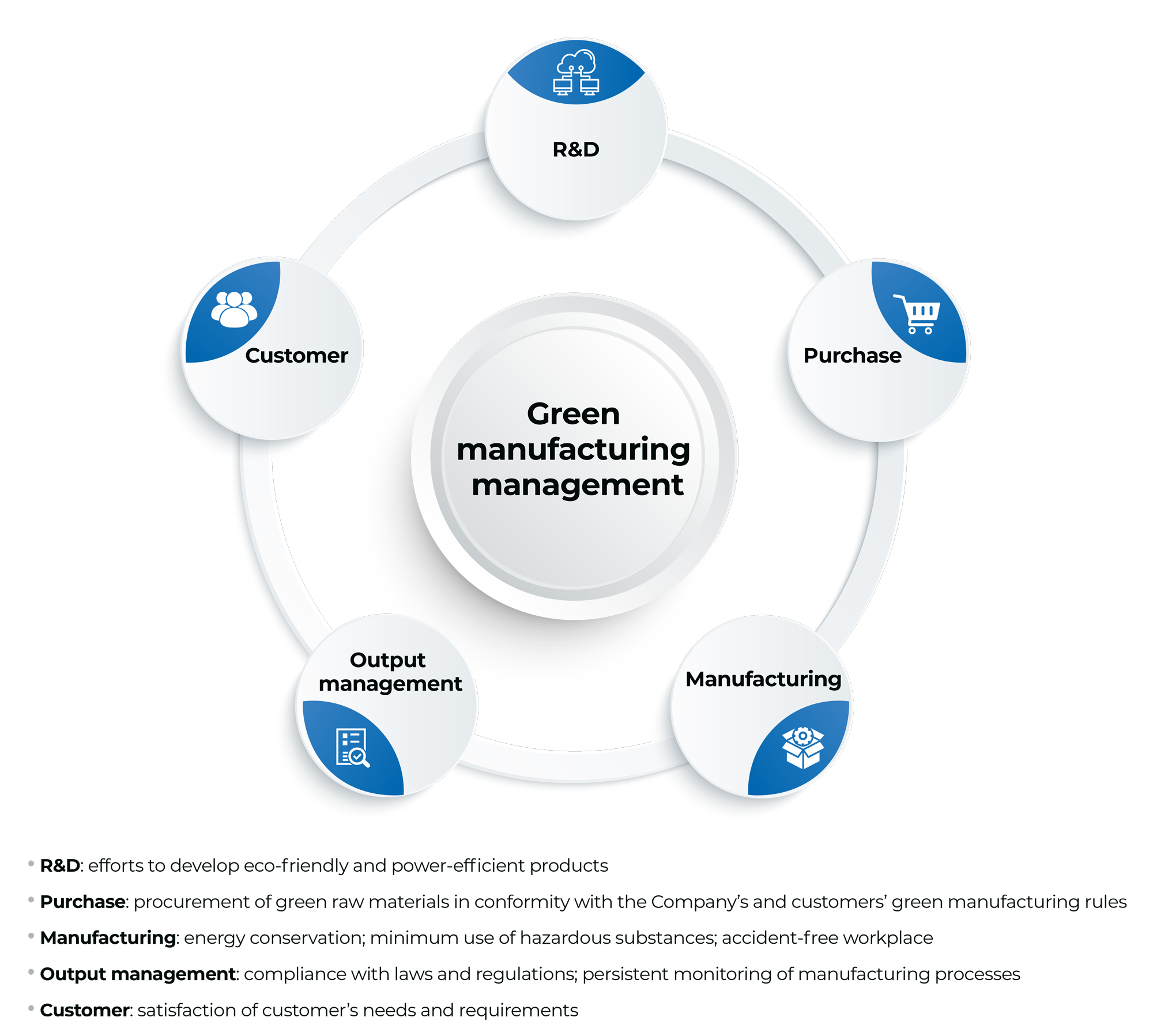
Magnachip provides outstanding products and service that, together, deliver premium value to our customers. We remain focused on continuously implementing comprehensive and sustainable quality assurance and improvement at every step. For more information on our quality management, please refer to the following reports:
